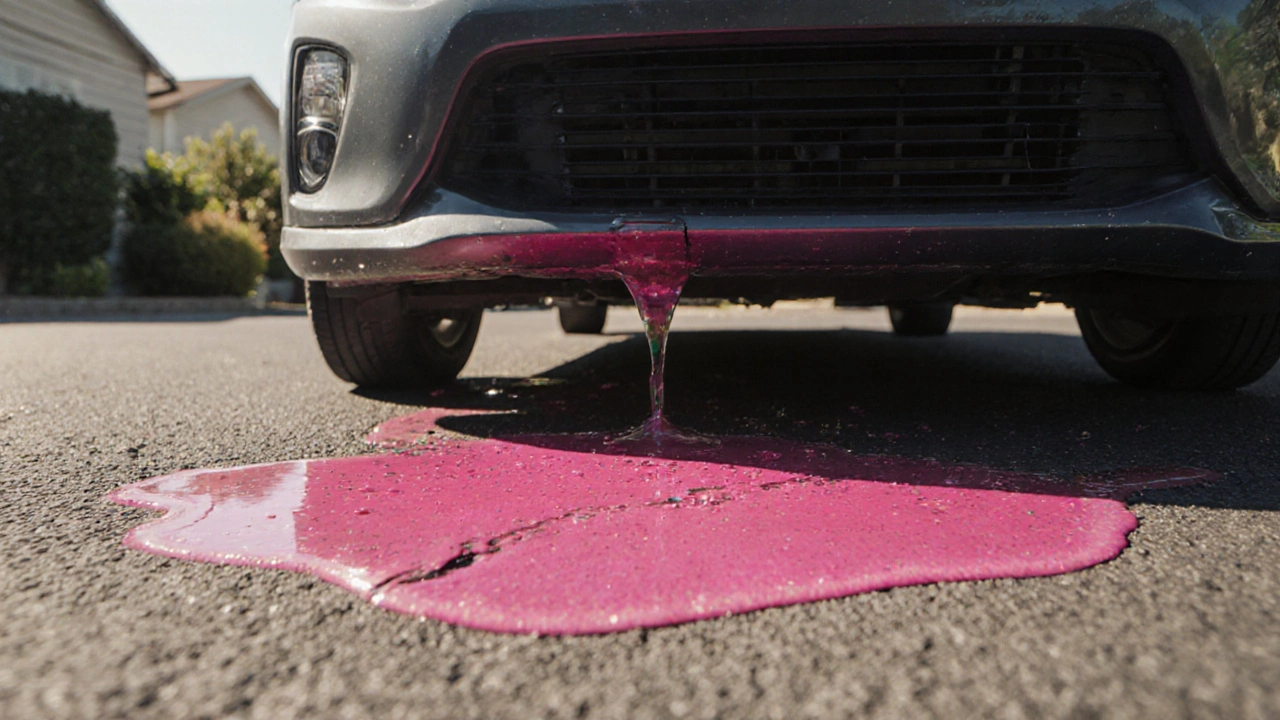Radiator Signs: Common Warning Signs Your Car Radiator Is Failing
When your radiator, the main component that keeps your engine from overheating by circulating coolant. Also known as engine cooler, it's one of the most critical parts in your car’s cooling system. starts to fail, it doesn’t always scream for help—sometimes it just whispers. And if you miss those whispers, you could end up with a seized engine, a massive repair bill, or worse, a breakdown on a cold road. The truth is, most radiators last 8 to 12 years, but bad habits, old coolant, or tiny leaks can cut that life in half. You don’t need to be a mechanic to spot the signs—you just need to know what to look for.
One of the clearest radiator signs, visible indicators that your radiator is no longer doing its job is coolant leaking under your car. It’s usually green, orange, or pink, and it smells sweet. If you see puddles there after parking, don’t ignore it. A small drip today can turn into a full-blown failure tomorrow. Another sign? Your temperature gauge creeping into the red zone. That’s not normal—even on a hot day. Your engine should run steady, not scream for mercy. Then there’s the smell: a sweet, steamy odor inside the cabin. That’s coolant vaporizing, likely because a hose cracked or the radiator cap failed. And don’t forget the rust. If you pop the hood and see brown sludge in the coolant reservoir, your radiator’s internal passages are corroding. That sludge doesn’t just block flow—it can wreck your water pump or thermostat too.
It’s not just about the radiator itself. A failing coolant system, the network of hoses, reservoirs, and pumps that move coolant through the engine and radiator often means other parts are worn out too. A bad thermostat can trap heat. A broken fan won’t pull air through the radiator. A cracked hose might leak when you’re driving hard. All of these tie back to the radiator’s job: keeping things cool. And when one part fails, the rest get stressed. That’s why checking your radiator isn’t just about fixing one part—it’s about protecting your whole engine.
What you’ll find below are real-world guides from drivers and mechanics who’ve been there. You’ll learn how to spot a radiator leak before it turns into a tow truck call. You’ll see how often coolant should be flushed, what happens when you skip it, and why some people replace their radiator after just five years while others make it past ten. You’ll get clear steps for checking coolant levels, testing the cap, and even doing a simple pressure test at home. No jargon. No fluff. Just what you need to know before you lose power on the highway.

Signs Your Car Radiator Needs Replacing - How to Spot Radiator Problems
Learn how to spot the signs that your car radiator needs replacing, from coolant leaks to overheating, and follow a step-by-step diagnostic guide.
October 12 2025